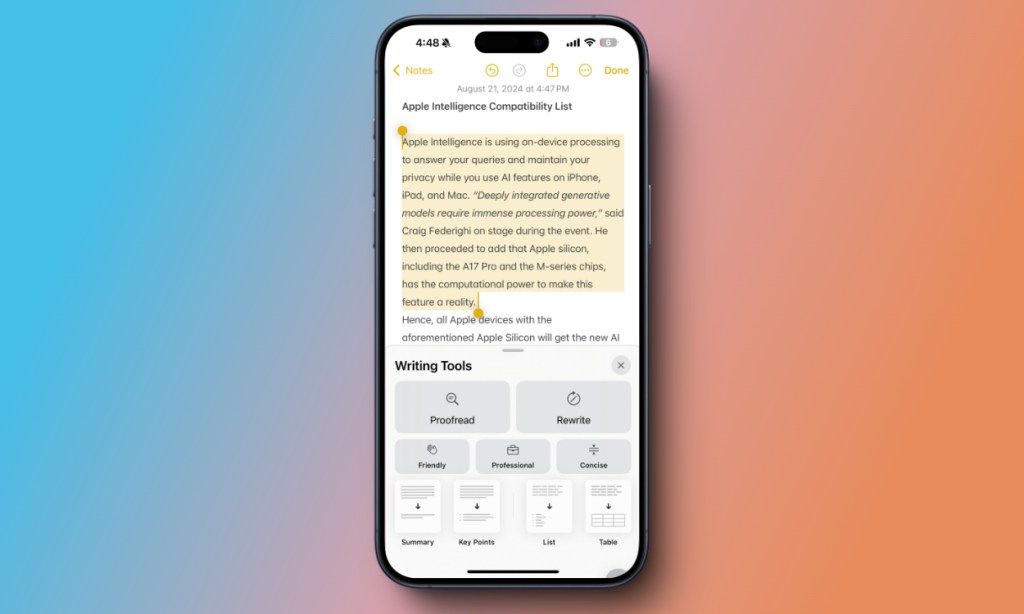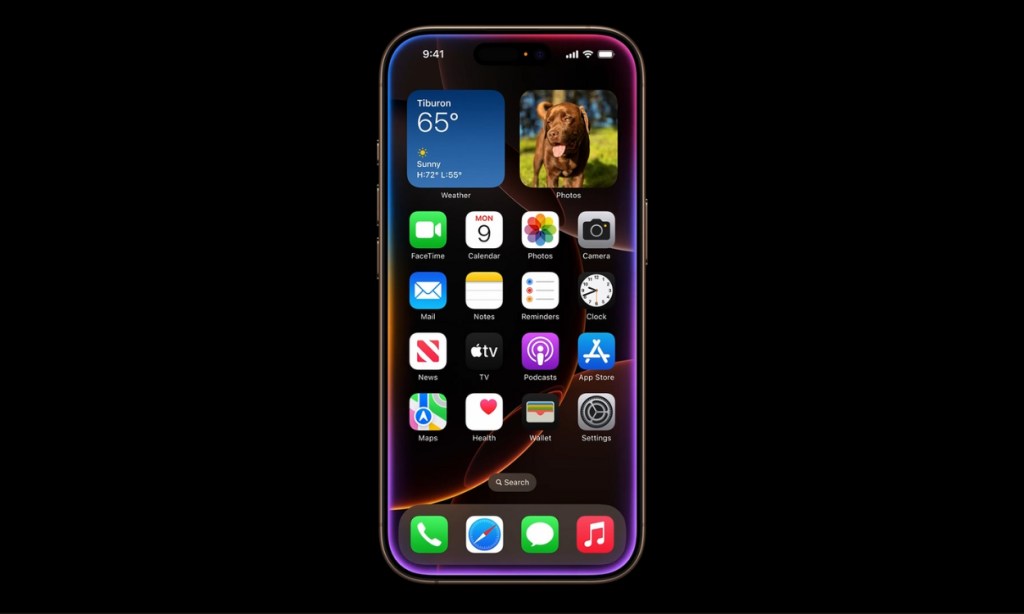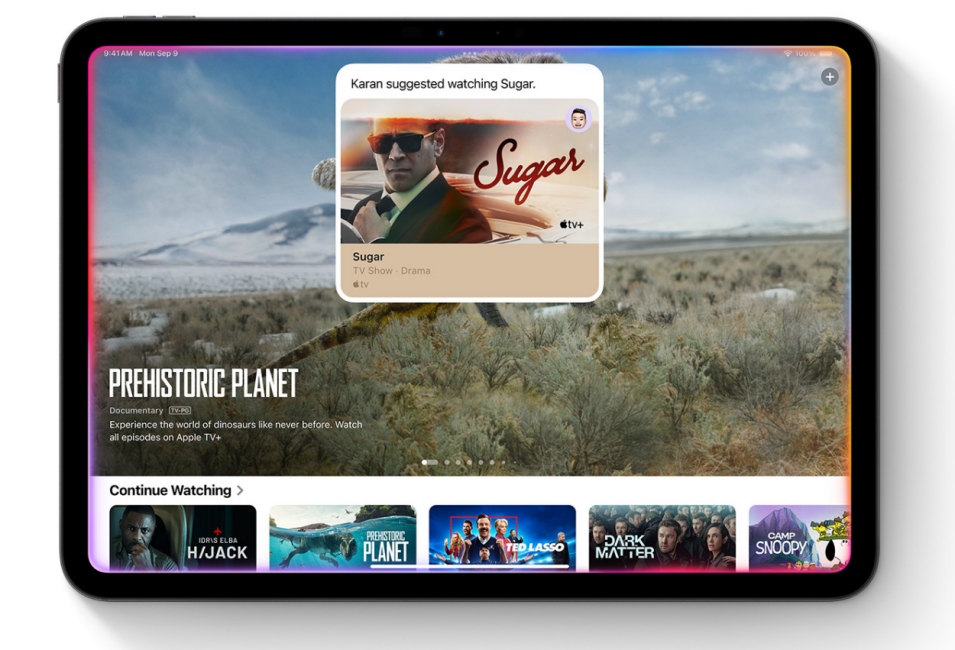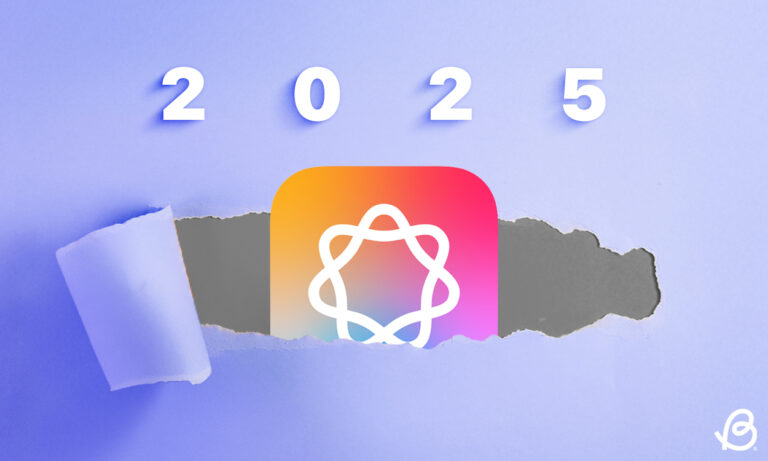2024 was a big year for Apple. Until last year, everyone was deriding the Cupertino tech giant for its inability to develop AI-driven features. What’s interesting is that things changed in 2024 as Apple finally got into AI. First previewed at WWDC 2024, Apple Intelligence is the name for Apple’s AI and is now at the core of iOS, iPadOS, and macOS. It brings a suite of AI capabilities to compatible devices, including the latest iPhones, A17 and M-series iPads, and Apple Silicon Macs. However, rather than releasing the AI venture all at once, Apple will release AI features in phases over 2024, with more coming in 2025.
In October, the tech giant launched the first wave of Apple Intelligence features in iOS 18.1, iPadOS 18.1, and macOS Sequoia 15.1, including writing tools, cleanup tools, notification summaries, a redesigned Siri UI, and call recording. etc. were provided. The next wave arrived in December with iOS 18.2, iPadOS 18.2, and macOS Sequoia 15.2, bringing Genmoji, Image Playground, ChatGPT Integration, Visual Intelligence, and more. 2024 was a great year, but Apple’s AI ambitions will finally be realized in 2025. Let’s see what more happens with Apple Intelligence.
Apple Intelligence: Something big begins in 2024
Previously, Apple has been criticized for its slow rollout of the Apple Intelligence system. The giant rolled out the first version of iOS 18 without any AI features. In fact, the iPhone 16 model, the first iPhone ever built for AI, didn’t have any Apple Intelligence features right out of the box. Despite all the criticism and ridicule, Apple Intelligence maintained the hype and impressed users despite its delayed and gradual rollout.
Fans were thrilled when Apple released its first set of AI features in iOS 18.1, iPadOS 18.1, and macOS Sequoia 15.1. Since then, this giant has won all sorts of accolades for its impressive and practical AI features that actually make your life easier. Beyond its features, Apple has also garnered attention for its smart approach to AI. The giant learned from its competitors’ mistakes and launched its AI system with a unique strategy.
What sets Apple apart from other players in the AI league is the fact that Apple focuses on privacy while also enabling the use of AI in everyday life. Yes, you heard well! Apple’s intelligence system maintains your privacy while using AI features on your iPhone, iPad, and Mac. And unlike other AI players like Google and Microsoft, Apple has no plans to charge for its AI capabilities.
In short, Apple Intelligence represents a big, bold move that could change the way we interact with our devices.
Apple Intelligence features currently available
Apple released the first offering of AI features in iOS 18.1, iPadOS 18.1, and macOS Sequoia 15.1 and expanded on those capabilities in updates to iOS 18.2, iPadOS 18.2, and macOS Sequoia 15.2. Key Apple Intelligence features currently available include:
Writing tools: AI-powered writing tools let you rewrite text, proofread paragraphs, adjust tone, get a summary of selected text, and more. You can also use writing tools to extract important points from long paragraphs, turn data and numbers into tables, create lists, and more. These AI tools are available in Messages, Notes, Email, and several third-party apps.

Cleanup tools: Apple Intelligence provides Apple’s equivalent of Google Magic Eraser. AI-powered cleanup tools help you remove distracting and unnecessary elements in your images without affecting the overall image quality. Notifications summary: Apple Intelligence summarizes multiple message or email notifications on your lock screen, so you can see all your notifications without opening the app. Transcription of call recordings: With iOS 18, you can finally record calls on your iPhone without downloading a third-party app. Additionally, Apple Intelligence adds a call recording transcription feature that saves summaries of calls so you can quickly access important information later. AI-powered Siri: Apple Intelligence delivers a more capable Siri with a redesigned UI that is deeply integrated into your system. The new Siri is faster, more personal, and can perform a variety of tasks on your device. If you can’t find a setting or feature, you can also ask us about your iPhone.

Web page summaries: When you open a web page in Safari’s Reader mode, you’ll see a new ‘Summary’ option that provides a quick, AI-generated summary of the web page. This Apple Intelligence feature is useful if you don’t want to scroll through large blocks of text. Smart reply for emails and messages: To quickly reply to an email or message, there is a smart reply option that lets you send a customized response. Apple Intelligence automatically categorizes all incoming emails in your Mail app. You can also place time-sensitive messages at the top of your inbox and get a summary of long emails with just one tap. Reduced Disruption Focus Mode: Apple now offers an all-new Reduced Disruption Focus Mode that uses Apple Intelligence to show you only the notifications that require your immediate attention and filter out everything else. Image Playground: Image Playground lets you create fun and original AI images using prompts. Just add a short description or follow Apple’s suggestions to choose a style like animation or illustration, and Image Playground will generate the image for you. You can also generate images using photos of your contacts and friends. Image Playground is available as a standalone app, but is also built directly into first-party apps like Notes, Messages, and Freeform. In the Notes app, you can access Image Playground through the new Image Wand option.

Genmoji: One of the most exciting features in Apple Intelligence is Genmoji, which lets you create custom AI-powered emojis for any occasion. Create your own Genmoji on your iPhone or iPad by displaying AI prompts and a keyboard to provide a simple description, such as “Cat Playing Guitar.” ChatGPT integration: Apple has also integrated ChatGPT into iOS, iPadOS, and macOS, so users can access ChatGPT through Siri, writing tools, and other first-party apps and features. When a user asks a complex question that Siri can’t handle, Siri asks the user’s permission to pass the query to ChatGPT, and the response is relayed through Siri. Visual Intelligence: Apple Intelligence also provides an iPhone 16-exclusive feature called Visual Intelligence that uses camera control buttons and on-device intelligence.
You can explore and learn more about everything the camera points at. For example, when you point your camera at a cafe, your iPhone displays details such as opening hours, menu, reviews, and ratings.

Apple intelligence features coming in 2025
Other Siri features
Apple Intelligence makes Siri more powerful and capable, allowing you to have better conversations. Apple has rolled out a redesigned Siri with a new UI and ChatGPT integration, with some Siri features expected to arrive in 2025. Since its preview, Siri has been praised for its ability to understand users’ personal context. Can be used for notes, emails, messages, etc. So you can ask Siri for flight details saved in your email app or lunch plans you talked about with a friend. However, this personal situation will be sometime in 2025.

That’s not all. Apple is also working on an “on-screen recognition” feature that will allow Siri to understand and respond to what’s currently on screen. For example, if you open a document on your iPhone, you can ask Siri to send its contents to a supported app. Siri also offers more in-app actions in both first- and third-party apps. For example, Siri can edit a photo and email it to someone, or get a PDF from an email and save it to the Files app.
These new features coming in iOS 18.3 or iOS 18.4 in 2025 will definitely make Siri more capable and interesting.
priority notification
In 2025, Apple will also roll out a Priority Notifications feature that will show the most important or urgent notifications first. This Apple Intelligence feature pushes more urgent notifications, like meeting reminders and reservation confirmations, to the top of your notification stack. This way, you can see at a glance what you need to pay attention to.

This upcoming Apple Intelligence feature will be a savior for users who often find themselves overloaded with Notification Center and miss important notifications.
Image playground sketch style
Debuting in iOS 18.2, iPadOS 18.2, and macOS Sequoia 15.2, Image Playground brought the first set of image generation features to Apple users. Currently, Image Playground allows you to experiment with animation and illustration image styles. There’s a third style called Sketch, which Apple plans to add in 2025. Apple describes the Sketch style as “an academic, highly detailed style that combines a vibrant color palette and technical lines to create realistic drawings.” Sketch styles are different from animation styles, which provide a 3D cartoon look, and illustration styles, which create flatter 2D images.
Genmoji for Mac
In macOS 15.2, Mac supported Image Playground, and Genmoji integration is now available in macOS 15.3 beta. Currently, you can create Genmoji on iPhone and iPad. If you want to try out custom AI-powered emojis on your Mac today, you’ll need to have macOS 15.3 beta installed on your machine.

Honestly, not installing the beta version on your primary device is not a realistic option as it may introduce unexpected bugs, glitches, and performance issues. You will have to wait until 2025 to use Genmoji on your Mac with a stable macOS version.
Mac memory movie
With iOS 18.1 and iPadOS 18.1, Apple added an all-new Memory Movies feature to create the stories you want to watch. Just enter a description, and Apple Intelligence will find the best photo and video matches. Then, create your story, choose the perfect song, and arrange your photos to create a beautiful, memorable movie that tells your story. Memory Movies is currently only available on iPhone and iPad. Interestingly, Memory Movies will be supported on Mac in 2025.

Support more languages
Apple Intelligence isn’t currently available in all countries or regions. With iOS 18.1, Apple launched AI features in English (US) for the first time. The tech giant has since expanded to English (Australia), English (Canada), English (Ireland), English (UK), English (New Zealand), and English (South Africa) with the recent iOS 18.2 update.
In 2025, Apple will add support for more languages, including Chinese, English (India), English (Singapore), Italian, French, German, Portuguese, Spanish, Japanese, Korean, and Vietnamese. We plan to expand it. Support for the first set of new languages is expected to arrive in April 2025 (likely via iOS 18.4), with more languages to come at a later date.
These features complete Apple Intelligence and enable us to deliver a more connected experience across the Apple ecosystem. In summary, 2024 will be a landmark year for Apple as it marks the arrival of AI initiatives, and 2025 will be even more significant as it will mark the completion of Apple Intelligence.


